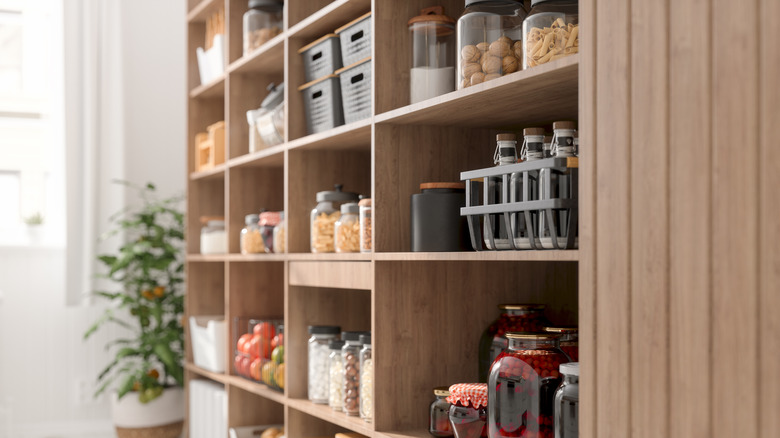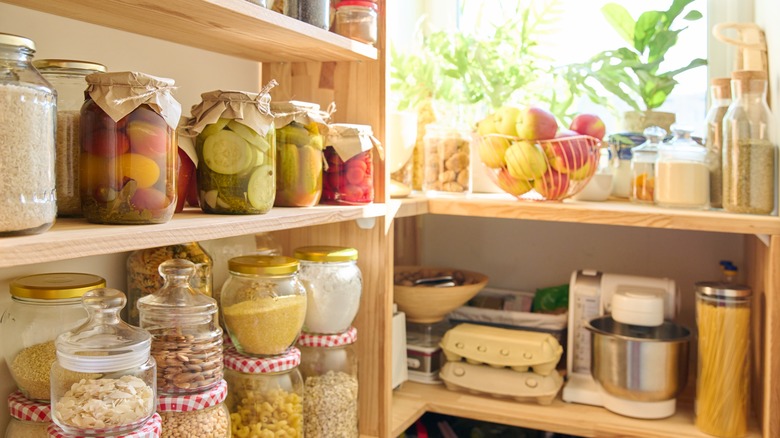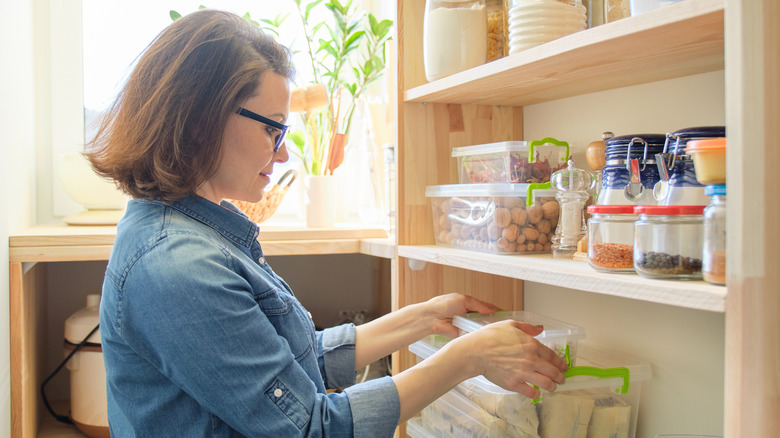What Is The Ideal Temperature For A Kitchen Pantry?
Ah, the kitchen pantry, the treasure trove of delicious goodies. But as delightful as this magical chamber may be, maintaining the right dry storage temperature is critical, lest your ingredients become culinary traitors. The ideal temperature range for a kitchen pantry is 50 to 70 degrees Fahrenheit, cool as a cucumber but not quite as frosty as the in-laws during the holidays. However, specific figures vary with the food variety. For instance, canned goods and dry staples like flour and sugar are happy campers at higher temperatures, while more delicate items like vegetables prefer a chillier environment. It's all about finding the sweet spot that keeps most of your pantry items in their prime. But it's also wise to learn the food items not to store in the pantry.
The influence of temperature on food stored in the pantry is deeply varied. Too cold, and you may find yourself with frozen goods that were never meant to see the icy side of life. Keep things too hot, and you risk turning your storage into a bacteria and mold fiesta. But knowing the ideal figures is merely half the battle — the true test lies in maintaining that cool environment. It's like being the thermostat of your pantry's microclimate, a position with great responsibility but even greater rewards for your culinary escapades. Ensuring proper insulation and keeping your pantry away from direct sunlight and heat-producing appliances nearby are just a few pointers.
The food storage temperature tango in your pantry
For most food, the sweet spot of dry storage temperature lies between 50 and 70 degrees Fahrenheit. However, outliers can't go unnoticed. Take eggs, for instance. These oval delights are content at 45 degrees Fahrenheit or lower. As for the best dry storage temperature and humidity for fresh fruits and vegetables, aim for 32 to 55 degrees Fahrenheit and 80% to 95% humidity. Meanwhile, the pantry's staples (canned goods and dry ingredients such as pasta, rice, and flour) are the happiest at balmy 50 and 70 degrees Fahrenheit. Potatoes, on the other hand, prefer slightly moist environments at 38 to 40 degrees Fahrenheit. However, any food bought in a frozen state should be stashed in the freezer unless you intend to cook it right away.
It's also crucial to monitor the humidity levels in your pantry. As temperature rises, so does the air's capacity to hold moisture, leading to higher humidity. Conversely, lower temperatures mean lower humidity levels. Too much humidity can lead to mold growth and spoilage, while too little can compromise your fruits' flavor profile. As food safety expert Paul Kushner pointed out to Homes & Gardens, "If you live in a humid climate, I'd suggest adding a dehumidifier to your pantry." And for those seeking an easy fix? "Silica gel packets at Walmart are also an easy way to keep dry goods intact, just be sure they aren't consumed accidentally," he adds.
Pantry temperature control hacks
Cool down your pantry by distancing those heat-generating appliances like ovens from your pantry. Next up on our quest to sustain cool storage temperature of food is ventilation. Proper air circulation keeps your pantry from becoming a sweltering sauna, and that's usually a matter of adding a north-facing window or vent, ensuring it's secured against direct sunlight exposure, pests, and critters. And while at it, why not throw in a fan or two for good measure? It would also be best if you reconsidered your pantry arrangement. While it's tempting to stack your food to the ceiling or pack items too tightly, that only works to compromise ventilation. So, keep things tidy and well-organized. Rotating pantry items chimes in to ensure even exposure to temperature fluctuations for longer-lasting freshness.
Let's not overlook insulation — that unsung hero of pantry temperature control. Wrapping up your pantry walls, ceiling, and door in fiberglass, spray foam, and rigid foam insulation will help maintain a consistent temperature and prevent heat transfer from the outside. You also want to seal any gaps and cracks to keep drafts in check. And finally, we have the pièce de résistance: thermometer — think of it as your pantry's weather forecaster (minus the cheesy jokes and flashy suits). Once secured in a central location in the pantry, it should help you monitor the thermal situation and make the necessary adjustments.


